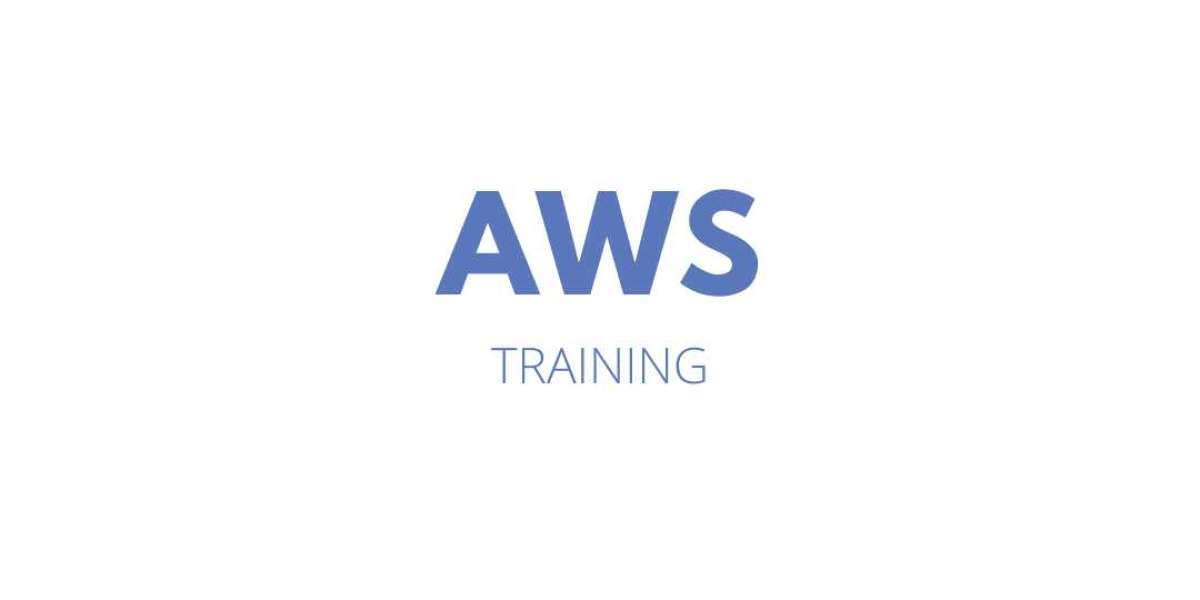Network enrollment is a pivotal process in network access control (NAC) that ensures that devices seeking access to a network meet specific security and compliance requirements. It serves as the gateway for devices, whether they are corporate assets or guest devices, to connect to a network. This article explores the significance of network enrollment and the steps involved in this crucial process.
Why Network Enrollment Matters:
- Security Compliance: network enrollment verifies that devices meet the security standards and policies established by the organization. It helps to keep the network secure from threats and vulnerabilities.
- Control and Visibility: Enrollment provides administrators with comprehensive visibility into all connected devices, allowing them to manage and monitor network resources more effectively.
- Policy Enforcement: Through enrollment, organizations can enforce access policies and ensure that devices adhere to specific configurations, such as having updated antivirus software or the latest operating system patches.
- Guest Access: Network enrollment is vital when granting guest access to an organization's network. It allows guests to be onboarded securely, and their access can be limited or restricted based on predefined policies.
The Network Enrollment Process:
- Device Authentication: Devices seeking network access must first authenticate themselves. This can be done using various methods such as username and password, digital certificates, or 802.1X authentication.
- Policy Assessment: Once authenticated, the device's compliance with security policies is assessed. This includes checking for antivirus software, firewall settings, and patch levels.
- Registration and Provisioning: Devices that pass the policy assessment are registered and provisioned on the network. This involves assigning appropriate VLANs and access levels based on the device type.
- Monitoring and Enforcement: Post-enrollment, the network continuously monitors devices for any policy violations. Enforcement mechanisms can restrict or quarantine devices that fail to comply.
- Guest Network Enrollment: Guest devices follow a simplified enrollment process, usually involving a captive portal with terms and conditions. They are then granted limited access to the network.
Challenges and Considerations:
- Scalability: Ensuring a seamless enrollment process for a large number of devices, including IoT devices, is a significant challenge.
- User Experience: Striking a balance between security and a smooth user experience is essential. Cumbersome enrollment processes can frustrate users.
- Automation: Automating the enrollment process using NAC solutions can streamline and expedite the process while reducing the potential for human error.
- Integration: Integration with other network security solutions, such as firewalls and intrusion prevention systems, is crucial for a holistic security approach.
Conclusion:
Network enrollment is the foundation of network access control, ensuring that devices connecting to a network adhere to security policies and standards. It plays a vital role in maintaining network security, control, and visibility. As organizations continue to grapple with diverse and evolving threats, network enrollment remains a critical component of a comprehensive security strategy, providing the first line of defense against potential network vulnerabilities.
For more info. visit us:








